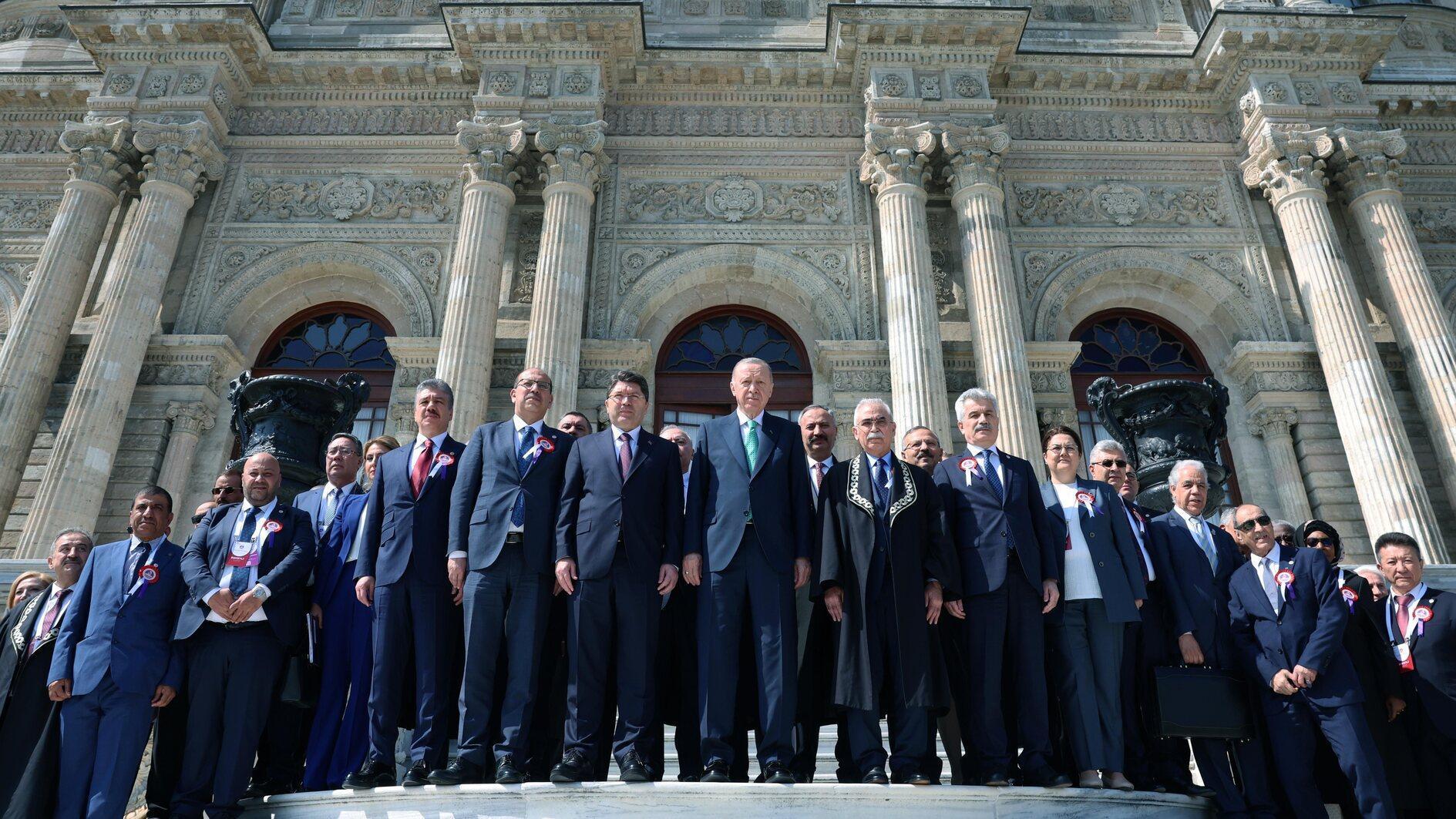Magic power of Baba Marta
March is a fearful month. In Turkish there is a saying which is the equivalent of “March comes in like a lion, goes out like a lamb”, or more accurately “Never cast a clout till May be out”. Turkish version’s literal translation is about burning handles of hoes and shovels with a blink out from the door. With snowstorms everywhere, it seems that we’re welcoming a freezing March fit for its fearsome fame. The name March, Mart in both Turkish and Bulgarian, comes from the Latin Martius, meaning ‘of Mars’, the god of war, son of Jupiter and Junona. In fact March is pretty much like war, a battle between winter and spring.
Our neighbor country Bulgaria must also suffer from the same climatic conditions, if not worse; but they have the most cheerful way to welcome March. Baba Marta day is 1st of March, a typical Bulgarian tradition to welcome spring, celebrated by wearing, exchanging and gifting of martenitsi. A martenitsa is an adornment or little decorations made from twisted red and white strings, usually in the form of wristbands worn as bracelets, or tassels and small yarn dolls hung in trees. If you’re about to visit Bulgaria in the forthcoming days, it is impossible not to notice its existence; martenitsas are everywhere, in a way they are blooming just like the spring that will eventually make its appearance.
Martenitsa is believed to bring health and happiness in the forthcoming year, the red color represents life and birth, and the white color represents purity and starting anew on clear spotless grounds. It is all about the life cycle, and as March was considered as the start of year like in most ancient cultures all across Asia to Europe, it is the right time for the celebration of life after survival through the harsh winter months. Everybody in Bulgaria starts wearing those strings of red and white, several of them given from beloved ones, only to be taken out when one sees the first stork flying, on any other migrating bird, and then tied to a flowering tree branch. Needless to say, as March comes in like a lion, most of the month is spent wearing many bracelets waiting to be taken off until first signs of spring are sprung.
Baba Marta, the mythical figure that gives the day her name, is believed to have magical powers; a grumpy grandma, often very angry (not unlike March), and the sun only shine when she smiles (seldom in fierce March). There are many versions of her story; I particularly like the feathery version. Tired of long winter, she decides to make her spring-cleaning when March comes, and as she shakes her mattress the feathers that come out the mattress are poured upon Earth as snowflakes, the last snowfall of the year. Apparently, she must have shaken many mattresses this year.
Last year, it was exactly the same, we had difficulty when trying to reach Pamporovo, winding up the road to the famed ski resort of Bulgaria, there was red alarm for the traffic with threatening snow storms. With martenitsa threads tied to our wrists, I could not help but send a wish to grumpy Baba Marta, please stop shaking off these mattresses! Our Bulgarian friends in SCIJ, Ski Club of International Journalists had of course chosen the date of our annual gathering carefully and precisely to coincide with the Baba Marta Day. Our week in Pamporovo also coincided with the Bulgarian National day on March 3, the day when Bulgarians claimed their liberation from the Ottoman rule that lasted for about five centuries. The day was going to be celebrated on the ski slopes of Pamporovo, with skiers dressed in national costumes with chains of traditional dancing. Needless to say the ‘enemy’ that was won over, was the Turks. Our Turkish team responded amicably to the event, dressed in Ottoman costumes, we joined the chain of friendship; dancing and music almost identical with ours. Our news editor Barçın Yinanç was dressed graciously as a true Sultan. After all, we all have Ottomans as our heritage.
According to belief, to bring good luck, a martenitsa must never be bought, but given as a gift from someone else as a token of friendship. Red and white interwoven strings of Baba Marta day are in fact friendship bracelets. They bear an immense sense of optimism and hope for the future. Let’s tie our friendship bracelets, let Baba Marta work her magical powers, endure the last falls of snow, let spring win its battle against winter, and celebrate nature. Bear in mind that with the global warming, we may not have a proper Baba Marta day in the future if we do not safeguard our planet. Baba Marta day is inscribed in 2017 on the UNESCO Representative List of the Intangible Cultural Heritage of Humanity. Indeed it is a heritage of not only Bulgaria but also of humanity, just as safeguarding the environment is a responsibility of not only nations, but of all humanity. Let’s make martenitsa a symbol of protests against climate change: A lucky charm of hope for future!












